Long-term safety and efficacy of atazanavir-based therapy in HIV-infected infants, children and adolescents: the Pediatric AIDS Clinical Trials Group Protocol 1020A
Citation: Rutstein RM, Samson P, Fenton T, Fletcher CV, Kiser JJ, Mofenson LM, Smith E, Graham B, Mathew M, Aldrovani G; PACTG 1020A Study Team. Long-term safety and efficacy of atazanavir-based therapy in HIV-infected infants, children and adolescents: the Pediatric AIDS Clinical Trials Group Protocol 1020A. Pediatr Infect Dis J. 2015 Feb;34(2):162-7. doi: 10.1097/INF.0000000000000538. PMID: 25232777; PMCID: PMC4355059
Access full article:
https://www.ncbi.nlm.nih.gov/pubmed/25232777
BACKGROUND:
Atazanavir (ATV) is an attractive option for the treatment of Pediatric HIV infection, based on once-daily dosing and the availability of a formulation appropriate for younger children. Pediatric AIDS Clinical Trials Group 1020A was a phase I/II open label study of ATV (with/without ritonavir [RTV] boosting)-based treatment of HIV-infected children; here we report the long-term safety and virologic and immunologic responses.
METHODS:
Antiretroviral-naïve and experienced children, ages 91 days to 21 years, with baseline plasma HIV RNA > 5000 copies/mL (cpm) were enrolled at sites in the United States and South Africa.
RESULTS:
Of 195 children enrolled, 142 (73%) subjects received ATV-based regimens at the final protocol recommended dose; 58% were treatment naive. Overall, at week 24, 84/139 subjects (60.4%) and at week 48, 83/142 (58.5%) had HIV RNA ≤ 400 cpm. At week 48, 69.5% of naïve and 43.3% of experienced subjects had HIV RNA ≤ 400 cpm; median CD4 increase was 196.5 cells/mm. The primary adverse event (AE) was increased serum bilirubin; 9% of subjects had levels ≥ 5.1 times upper limit of normal (ULN) and 1.4% noted jaundice. Three percent of subjects experienced grade 2 or 3 prolongation in PR or QTc intervals. At week 48, there was a 15% increase in total cholesterol (TC), with TC > 199 mg/dL increasing from 1% at baseline to 5.7%.
CONCLUSIONS:
Use of once-daily ATV, with/without RTV, was safe and well tolerated in children, with acceptable levels of viral suppression and CD4 count increase. The primary AE, as expected, was an increase in bilirubin levels.
